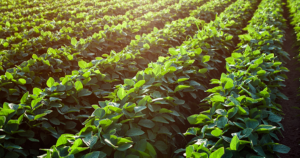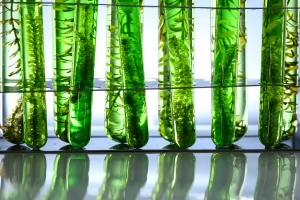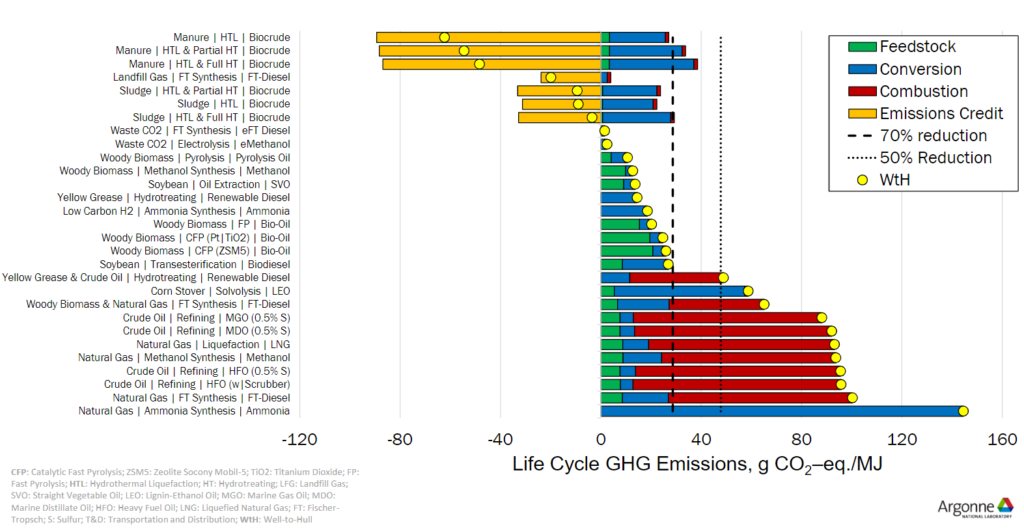A technology brief on marine biofuels that can reduce GHG emissions in maritime transport
Biofuels are any number of liquid or gaseous fuels derived from virgin or waste biomass feedstocks, such as: plants, algae, municipal solid waste, used cooking oil, and more. Depending on the feedstock used and how the fuel is produced, biofuels can be low in sulfur and nitrogen while also being low in carbon intensity.



Some marine biofuels can be close to net-zero GHG emissions, or even net-negative, since carbon uptake during growth of the biomass feedstock can offset other emissions associated with different phases of the fuels life-cycle. Given the wide range of feedstocks used and different ways to produce the fuels, the chemical and physical properties across this family of fuels can vary substantially, and more importantly so can the greenhouse gas emissions when measured on a full lifecycle basis. Some of these fuels can be drop-in replacements for traditional petroleum-diesel which makes it an easy switch for most marine diesel engines without significant modifications to the vessel or its engine systems. While emissions may vary across fuel types due to their feedstocks and production methods, almost all result in at least a 50 percent reduction in GHG emissions relative to petroleum-based heavy fuel oil (the most widely used fuel in the maritime industry). Take a look at the image below from the GREET Model produced by Argonne National Lab which shows a comparison of different marine fuels’ emissions on a full lifecycle basis.

Biofuels can be characterized as oxygenated or hydrocarbon.
Some of these are described in more detail below.
There are numerous ways to characterize biofuels, one of which is labeling them as first-generation, second-generation, or third-generation.
Biodiesel is a mixture of fatty acid methyl esters (FAME). It is derived almost exclusively from feedstocks such as: vegetable oils like palm oil or rapeseed oil; animal fats like tallow oil or lard; and used cooking oil. It is produced via transesterification. Biodiesel can be blended with petroleum diesel in any percentage, including pure biodiesel (B100), or more commonly at 20% biodiesel and 80% petroleum diesel (B20). Biodiesel is typically a first generation biofuel.
Renewable diesel is sometimes referred to as hydrotreated vegetable oil (HVO), hydrotreated esters and fatty acids (HEFA), or hydrotreated renewable oil (HRO). Renewable diesel uses the same food feedstocks as biodiesel, or other feedstocks like grasses and wood pulp. It uses a hydrotreating process that forms paraffinic hydrocarbons similar to those in petroleum-based diesel. Renewable diesel is essentially a drop-in replacement for petroleum-based diesel. Depending on the feedstocks used, it can be a first or second generation biofuel.
Fisher-Tropsch diesel, also known as synthetic diesel, used non-fodd feedstock like manure, grasses, wood, and municipal solid waste. The fuel is produced via the Fischer-Tropsch (FT) process, sometimes called a biomass-to-liquids (BTL) process, that results in a liquid fuel that consists mainly of paraffinic hydrocarbons . Like renewable diesel, It is blendable with petroleum-based diesel and compatible with current marine diesel engines. Given the feedstocks, this is considered a second-generation biofuel
Methanol is commonly known as wood alcohol and can be produced from a variety of feedstocks. Biomethanol is methanol produced from biomass feedstocks like wood waste and manure. Methanol is produced in a two step process. First the feedstocks are converted to a synthesis gas (syngas) stream, which consists of carbon monoxide, carbon dioxide, water and hydrogen. Second, the syngas is used in a catalyzed reaction under high pressures and temperatures where carbon dioxide and hydrogen combine to produce methanol. Biomethanol is considered a second-generation biofuel.
Thanks for subscribing to The Liquid Grid! You’ll receive email updates when new articles are posted.